Discover how a giant interstellar cloud known as the solar nebula gave birth to our solar system and everything in it.
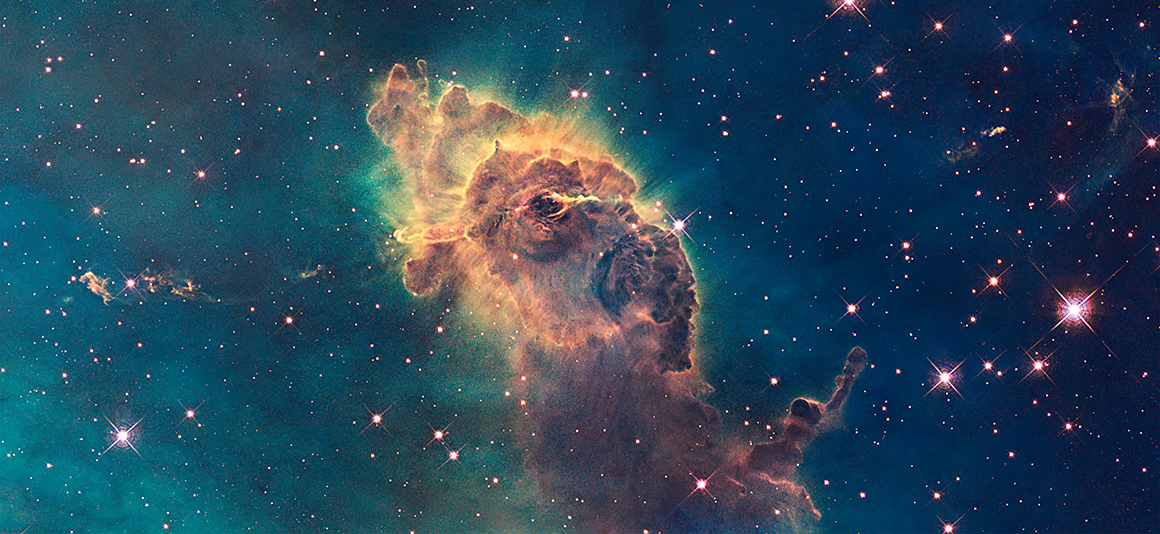
A pillar of dust and gas forms in the Carina Nebula, a large region of star formation in the southern skies. © Yury Dmitrienko/Shutterstock
The solar system as we know it began life as a vast, swirling cloud of gas and dust, twisting through the universe without direction or form.
About 4.6 billion years ago, this gigantic cloud was transformed into our Sun. The processes that followed gave rise to the solar system, complete with eight planets, 181 moons, and countless asteroids.
Researcher Tim Gregory explains how it burst into being.
Gravitational collapse
Before it was moulded into a neat set of planets, every scrap of matter in the solar system was part of a gigantic nebula – a floating interstellar cloud. This giant cloud was made up of dust, hydrogen, and other gases.
It began to collapse in on itself after becoming gravitationally unstable. This was possibly because of a nearby supernova – an exploding star – sending shock waves rippling through space.
Gravity then caused dust and gas to be continually tugged to the centre of the cloud, making its core very hot and dense.
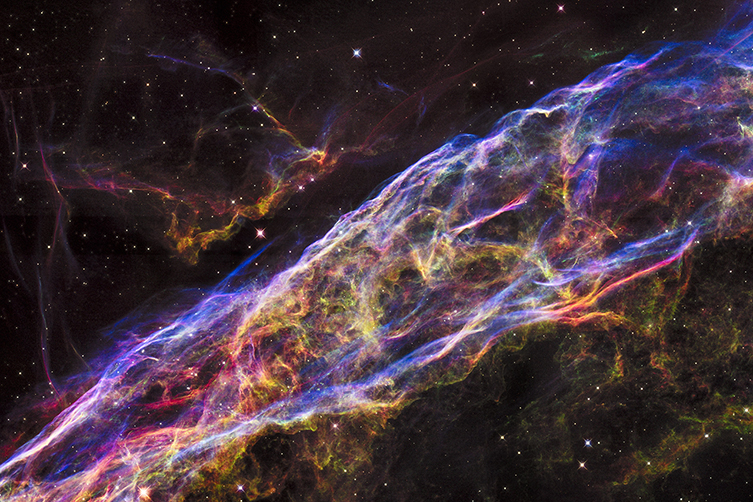
These are the expanding remains of a massive supernova, known as the Veil Nebula. The image was captured by NASA’s Hubble Space Telescope. © NASA/ESA/Hubble Heritage Team
“It became a snowball effect. As more matter got pulled in, the centre got denser, increasing the gravity and pulling even more dust inwards,” Tim explains.
“About 99.9% of the material fell into the middle of the cloud and became the Sun. Once the centre became hot and dense enough it triggered nuclear fusion. Then visible light flooded the solar system for the first time.”
“The 0.1% of matter that remained orbited around the Sun, causing this randomly shaped gas cloud to form a flat disc shape. This flat disc, called the protoplanetary disc, was where the planets formed.”
The formation of planets
As this rotating disc span around the Sun, it began to cool and form different types of solid material.
“Near to the Sun, the temperature was very high, so minerals and metals formed. And on the edge of the disc, far away from the heat of the Sun, less volatile solids like ice and ammonia formed,” says Tim.
“As the disc continued to cool down, these whirling solids stuck together to form big clusters of mass. Gradually they got larger and larger, sweeping up all the leftover dust, until they grew into the planets we recognise today.”
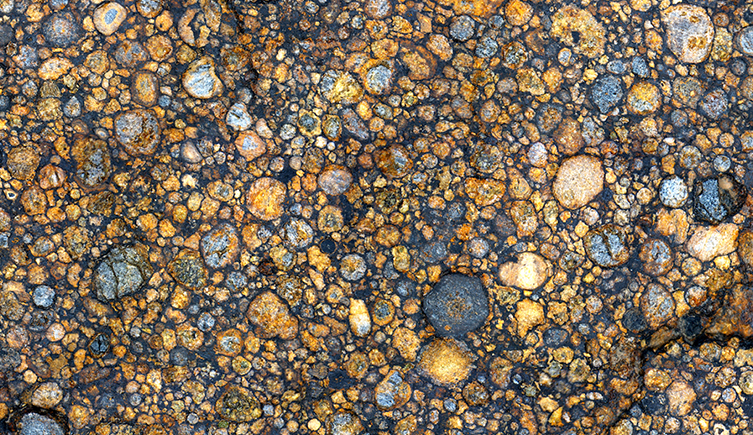
Part of a chondrite found in the Sahara desert, showing the formation of chondrules. Chondrites are the most common type of meteorite to fall to Earth. © Tim Gregory
The hot, rocky material near the centre of the solar system was sculpted into terrestrial planets with metal cores – Mercury, Venus, Earth and Mars.
On the cool edges, the gas and ice giants were born – Saturn, Jupiter, Neptune, and Uranus.
The asteroid belt
Rocks that escaped the pull of planets were left as asteroids, scattered through the solar system without a permanent home.
Many of these rocks orbit the Sun in an area between Mars and Jupiter known as the asteroid belt. They can be very large – the biggest, Ceres, has a diameter of nearly 600 miles.
“The asteroids are rocky debris left over from the era of planet formation, 4.5 billion years ago,” Tim says.
“They’re very valuable to us as scientists, because they contain material that Earth and the other planets were originally made from, frozen in time. The study of these rocks can tell us a lot about what conditions were like in the disc, when planets were still forming.”
The first solids
Many of the asteroids in the solar system melted early on in their history to form an iron core and rocky mantle. During melting the heavier material, metal, sinks to the centre while the lighter rock floats up to form a crust.
The bodies that didn’t melt are a type of meteorite known as chondrites – sedimentary rocks that formed in the early solar nebula.
Because they didn’t melt, they’re pristine samples of the original solids that formed in the cooling protoplanetary disc. For scientists they’re some of the most valuable leftover materials we have.
They’re also the most common type of meteorite that falls to Earth.
“Chondrites contain the first solids that formed in the solar system. By analysing them we can figure out how old the solar system is,” says Tim, whose research focuses on these rocks.
“We can unpick the 4.5 billion year journey from the solar nebula, to the protoplanetary disc, to the solar system we see today.”
“Earth formed from this nebula, so our journey to understand it is also a journey of self-discovery. It lets us understand our own home in space.”
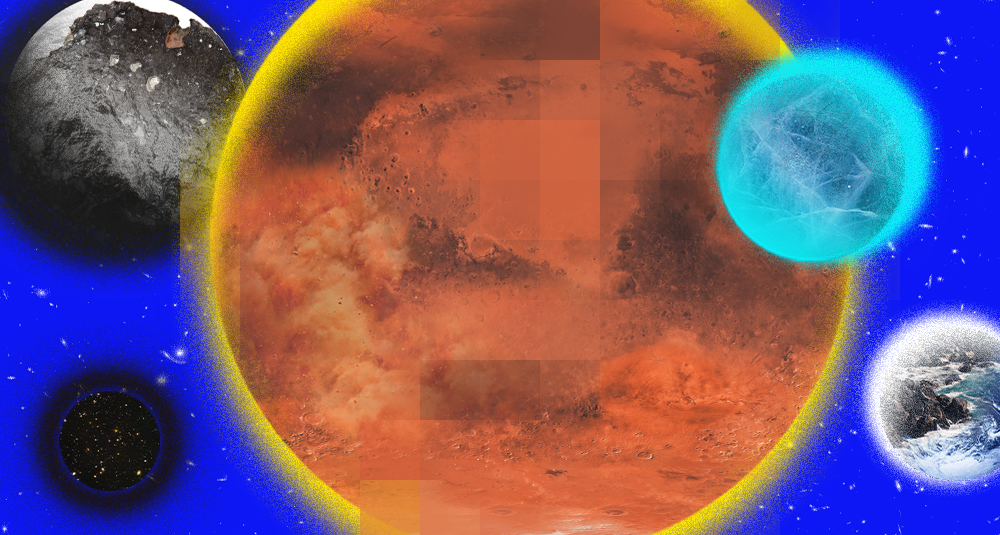
Space: Could Life Exist Beyond Earth?
Find out in our latest exhibition! Snap a selfie with a piece of Mars, touch a fragment of the Moon and lay your hands on a meteorite older than our planet.
Open now

Explore space
Discover more about the natural world beyond Earth's stratosphere.
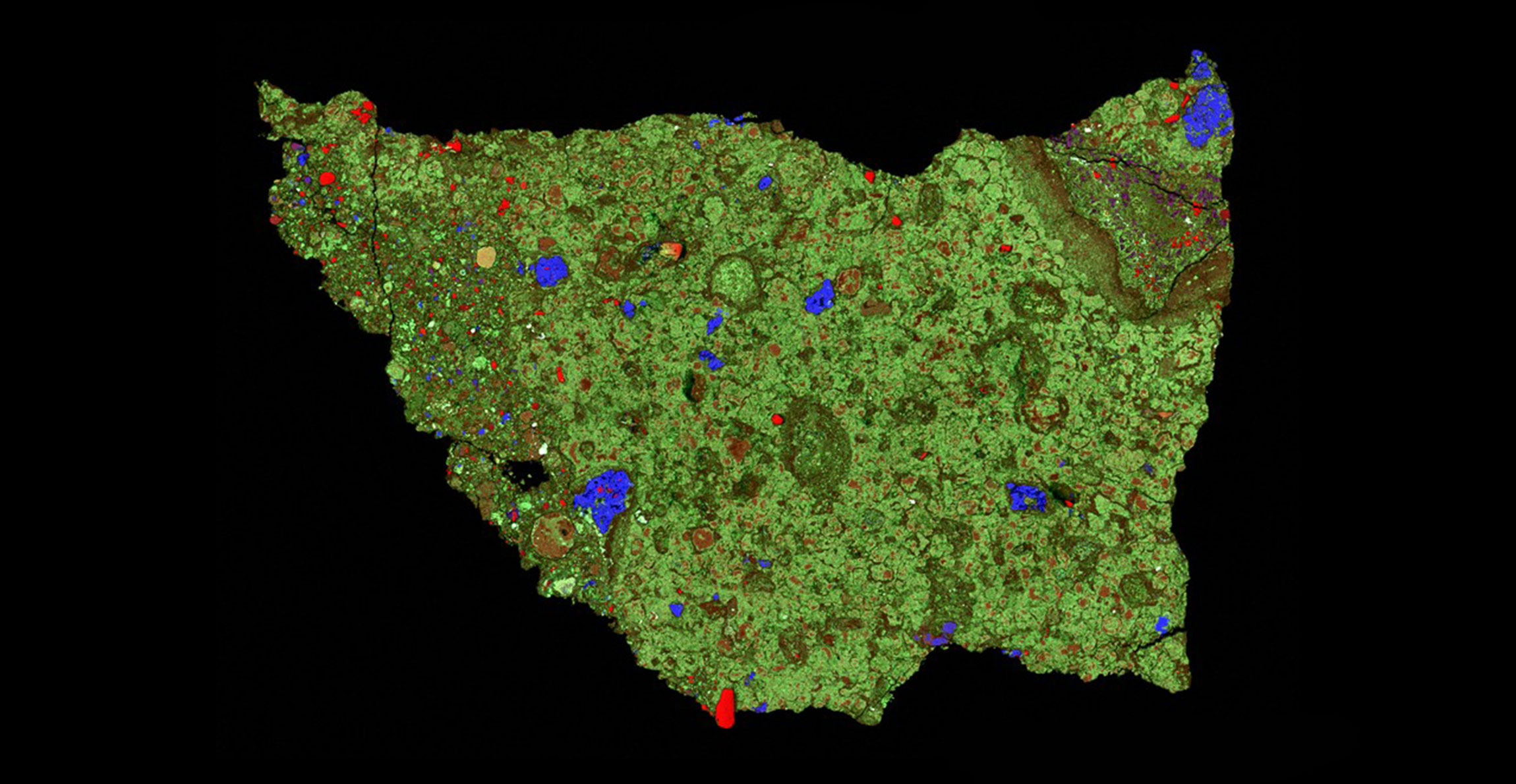

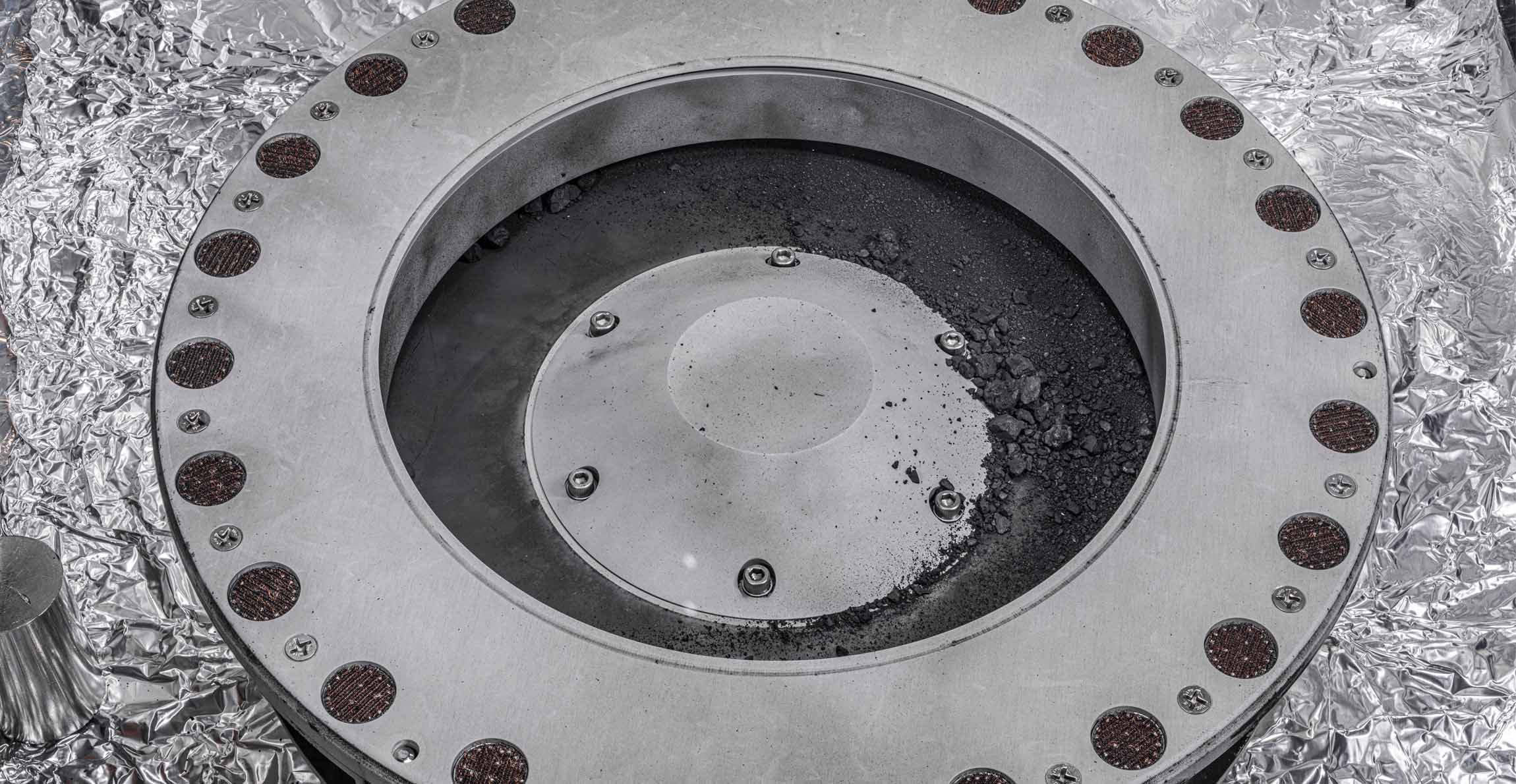
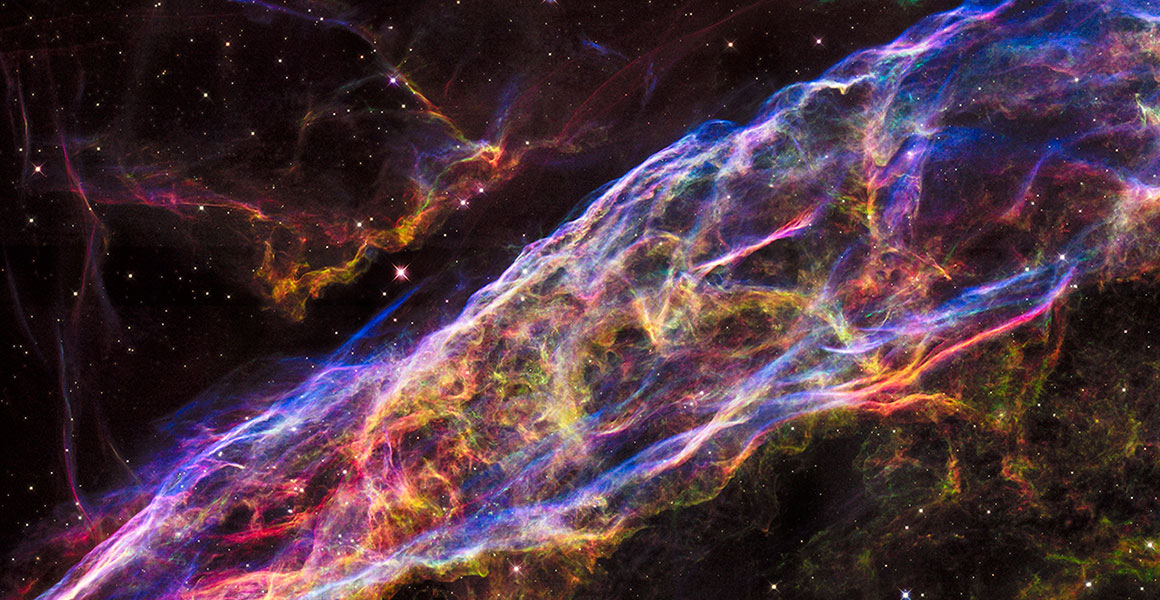
Don't miss a thing
Receive email updates about our news, science, exhibitions, events, products, services and fundraising activities. We may occasionally include third-party content from our corporate partners and other museums. We will not share your personal details with these third parties. You must be over the age of 13. Privacy notice.
Follow us on social media